oday’s #kanji is 機, which is listed its semantic element of #きへん(木). Its phonetic element is 幾. 幾 also has a meaning of “being fine.”
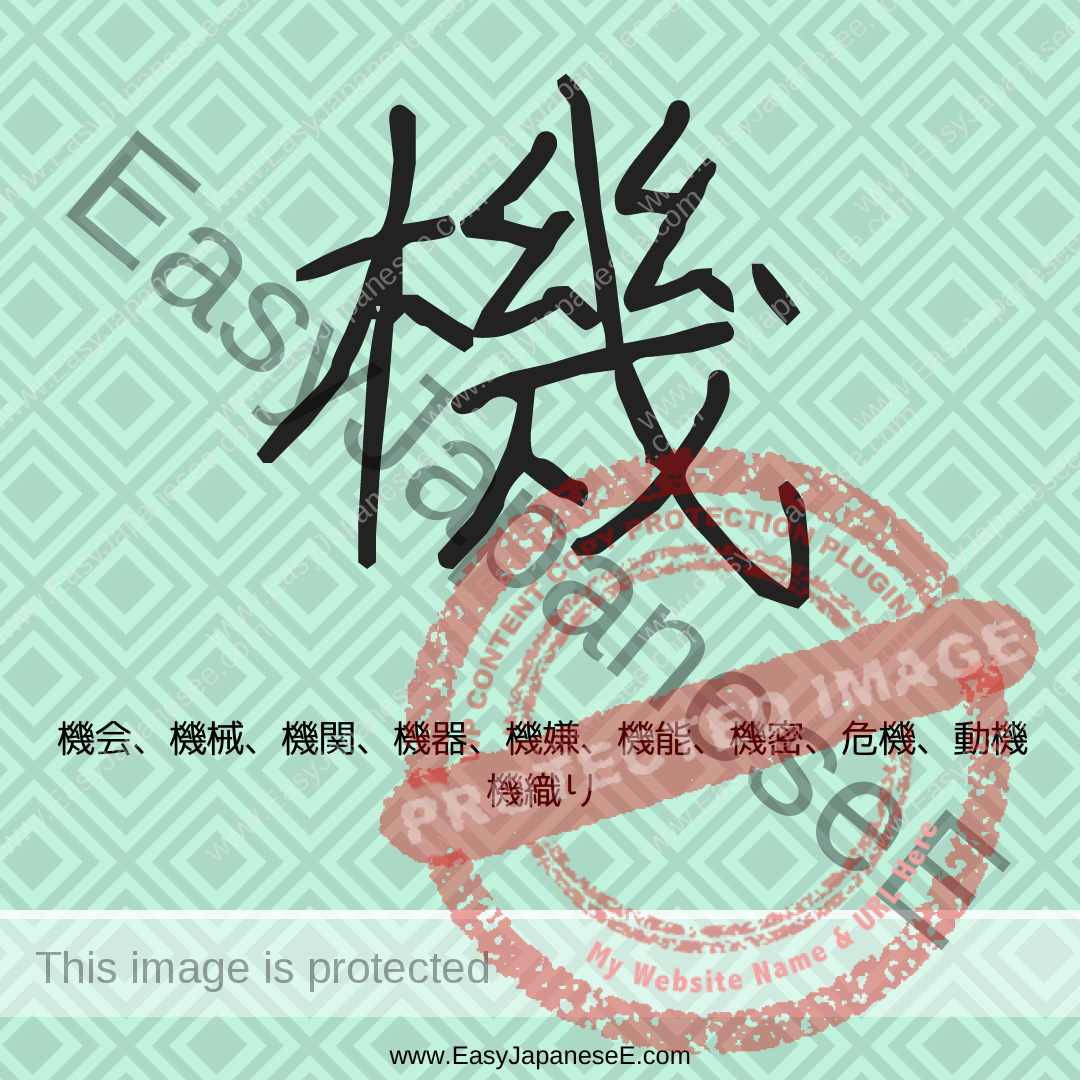

oday’s #kanji is 機, which is listed its semantic element of #きへん(木). Its phonetic element is 幾. 幾 also has a meaning of “being fine.”
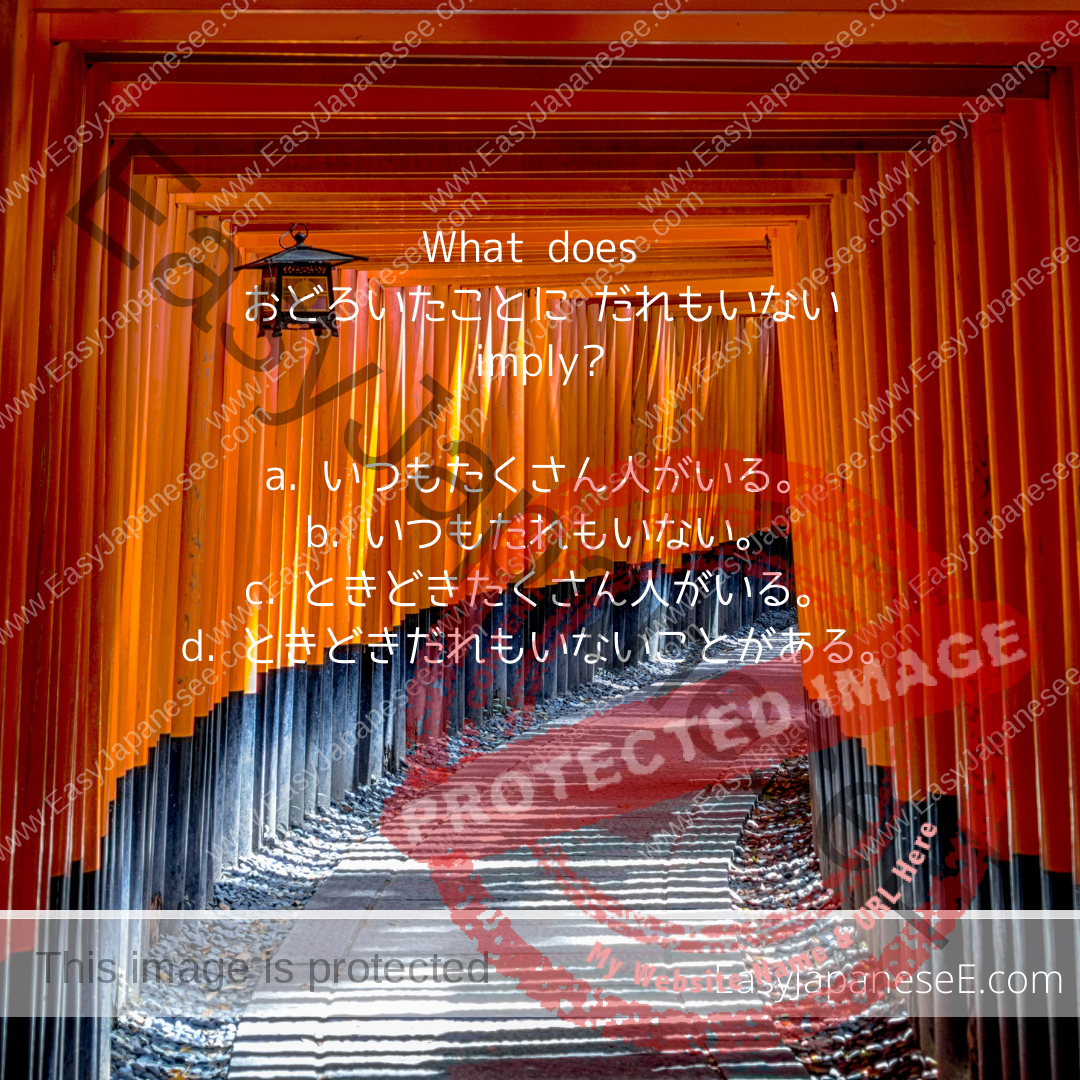
~ことに/~ことには is an expression used to mention how the speaker feels about the situation. It can be translated as “to one’s ~.”
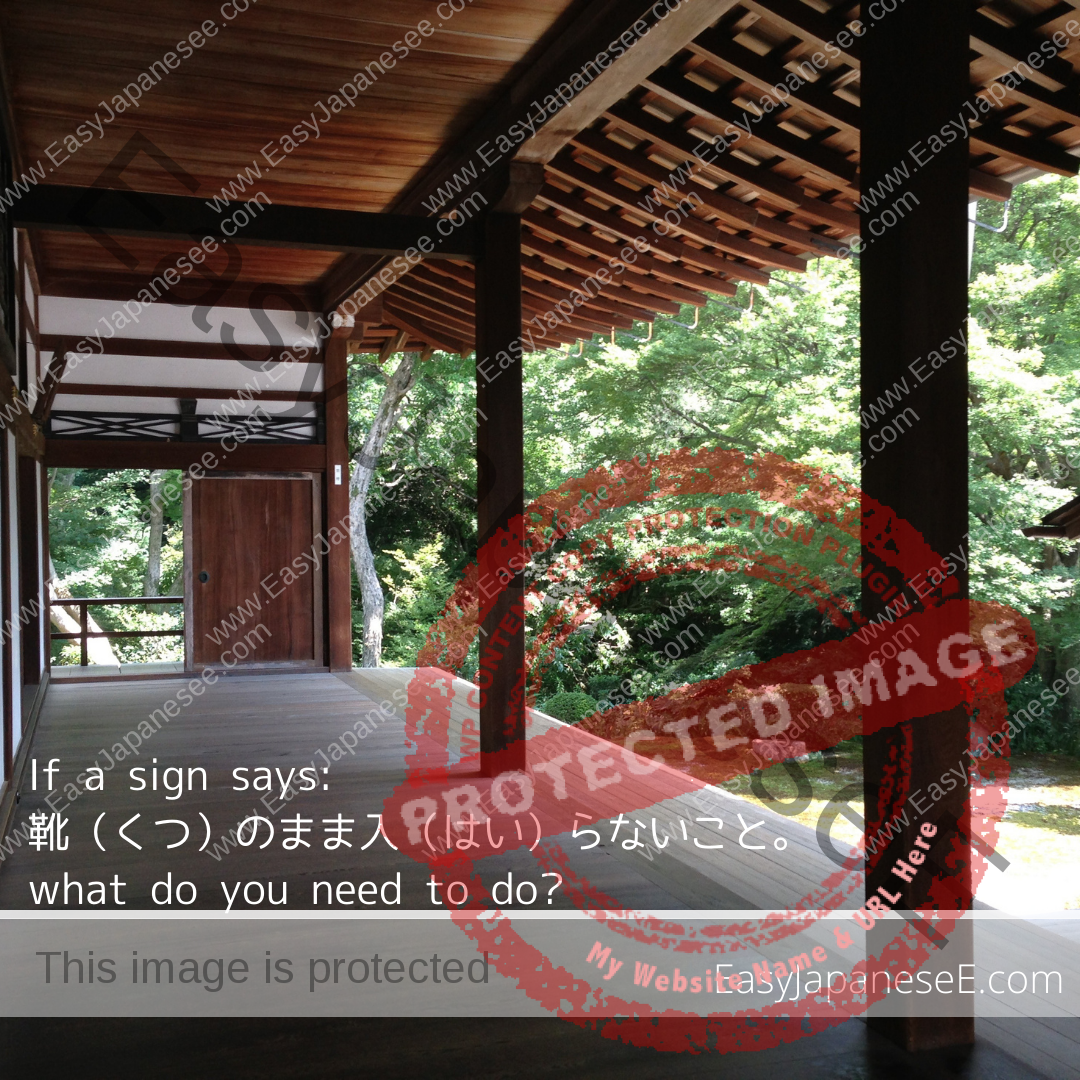
This post is about the ~こと that is used as a command or a suggestion. ~こと is a reasonably gentle plain form command and often used in the point form.

Today’s #kanji is 期, listed under its semantic element of #つき(月). Its phonetic element is 其. Its original meaning was apparently “one round around the moon.”

Weather is always a good topic to start a conversation on. This post introduces and explains common weather 天気 (てんき) related words and expressions in Japanese.
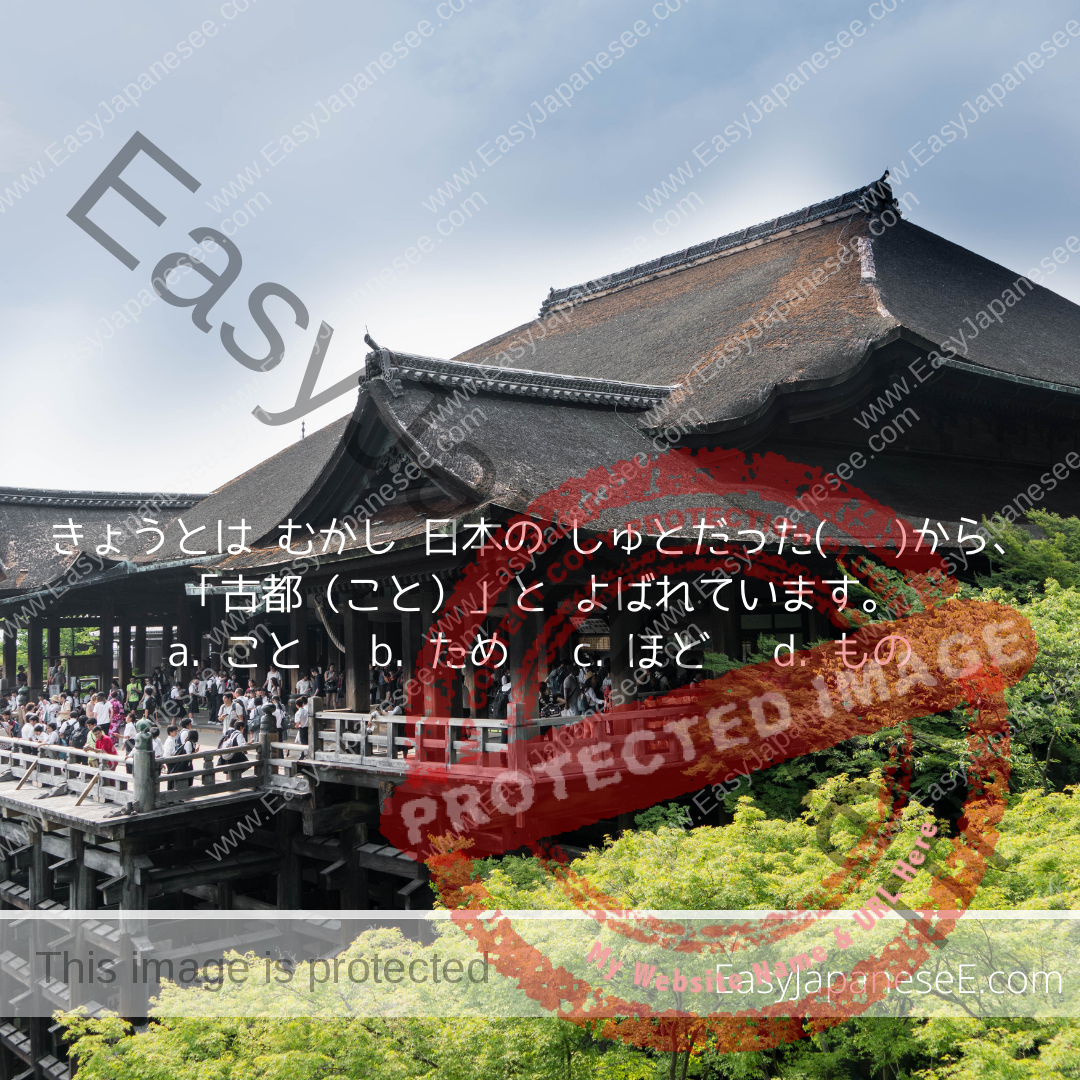
~ことから… is a rather formal expression to describe the origin or history behind a name/nickname. It can be used to describe a reason for an established fact.

[てform] + いただけますか/いただけませんか is a very polite way of asking someone for a favour. They are almost the same as [てform] + くださいますか/くださいませんか respectively.
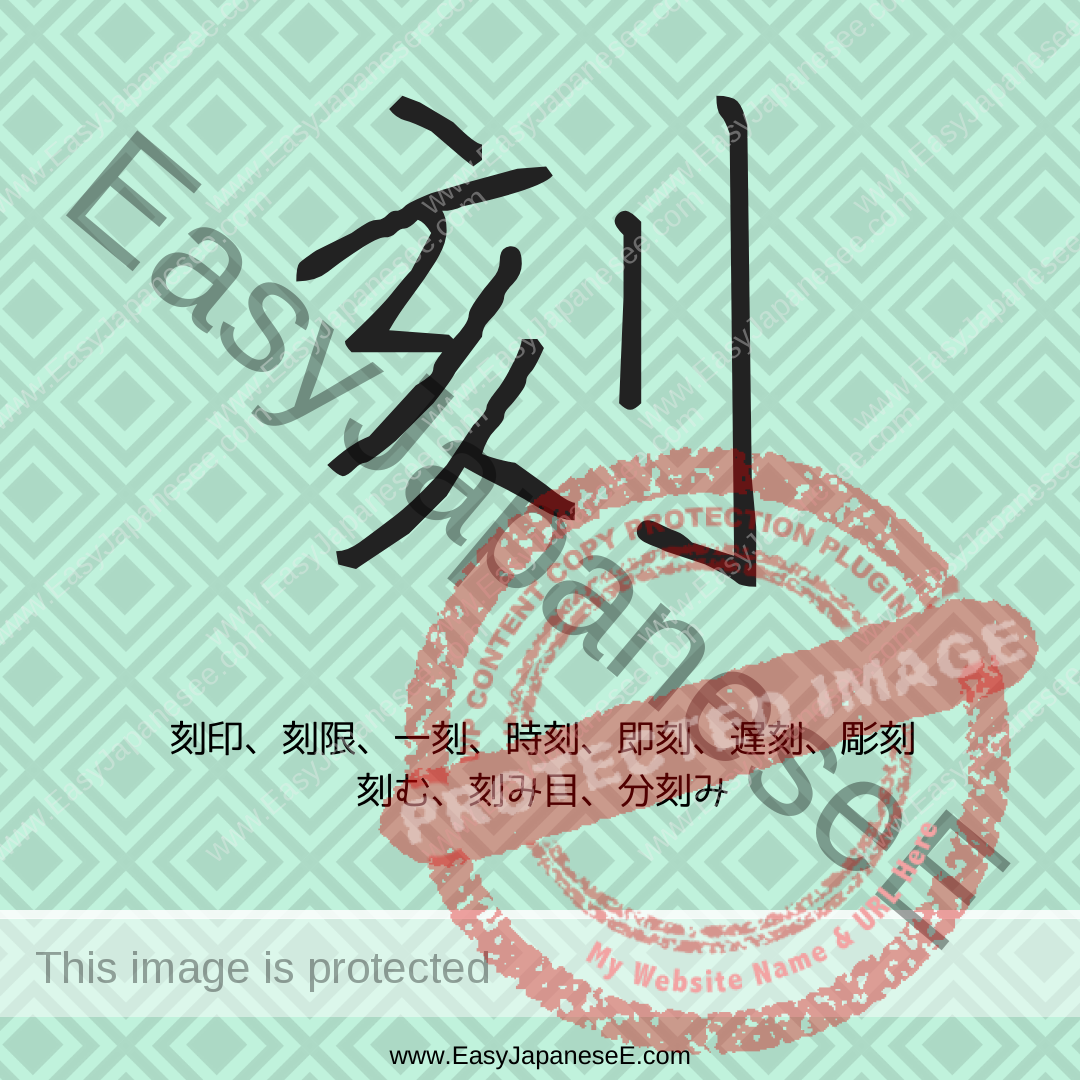
Today’s #kanji is 刻, which is listed under its semantic element of #りっとう(刂), which means a sword. Its phonetic element is 亥 although 刻 and 亥 don’t share a sound
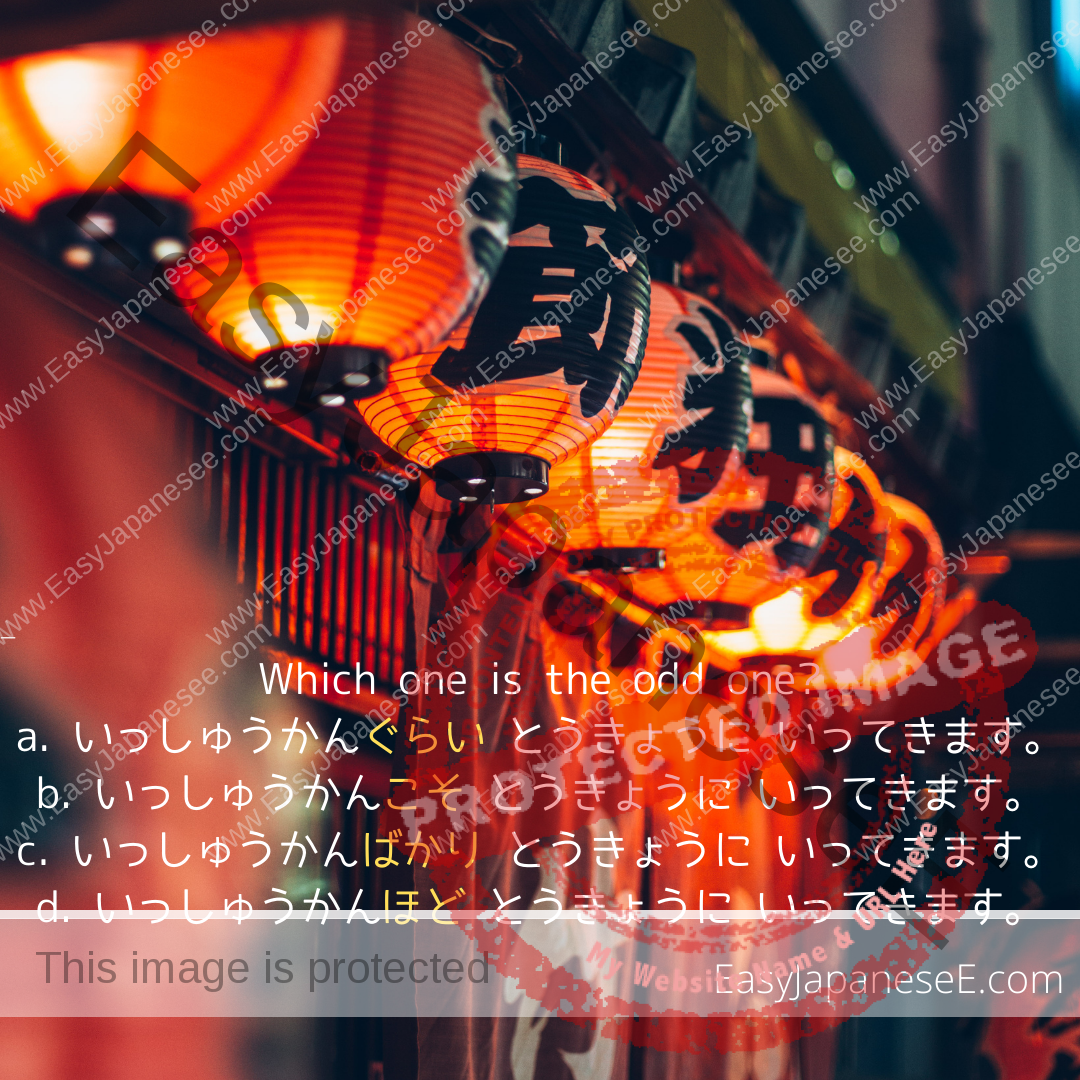
~ばかり is another particle used to describe the extent of a condition but it used in a variety of meaning. Check example sentences here.

Today’s #kanji is 幾, which is listed under #いとがしら(幺) and it is a compound ideograph made of 幺x2 meaning “very small” and 戍 meaning “soldiers defending.”

そうじ is the generic Japanese noun for “cleaning.” This post talks about various Japanese words related to “cleaning” and some traditional cleaning tools.
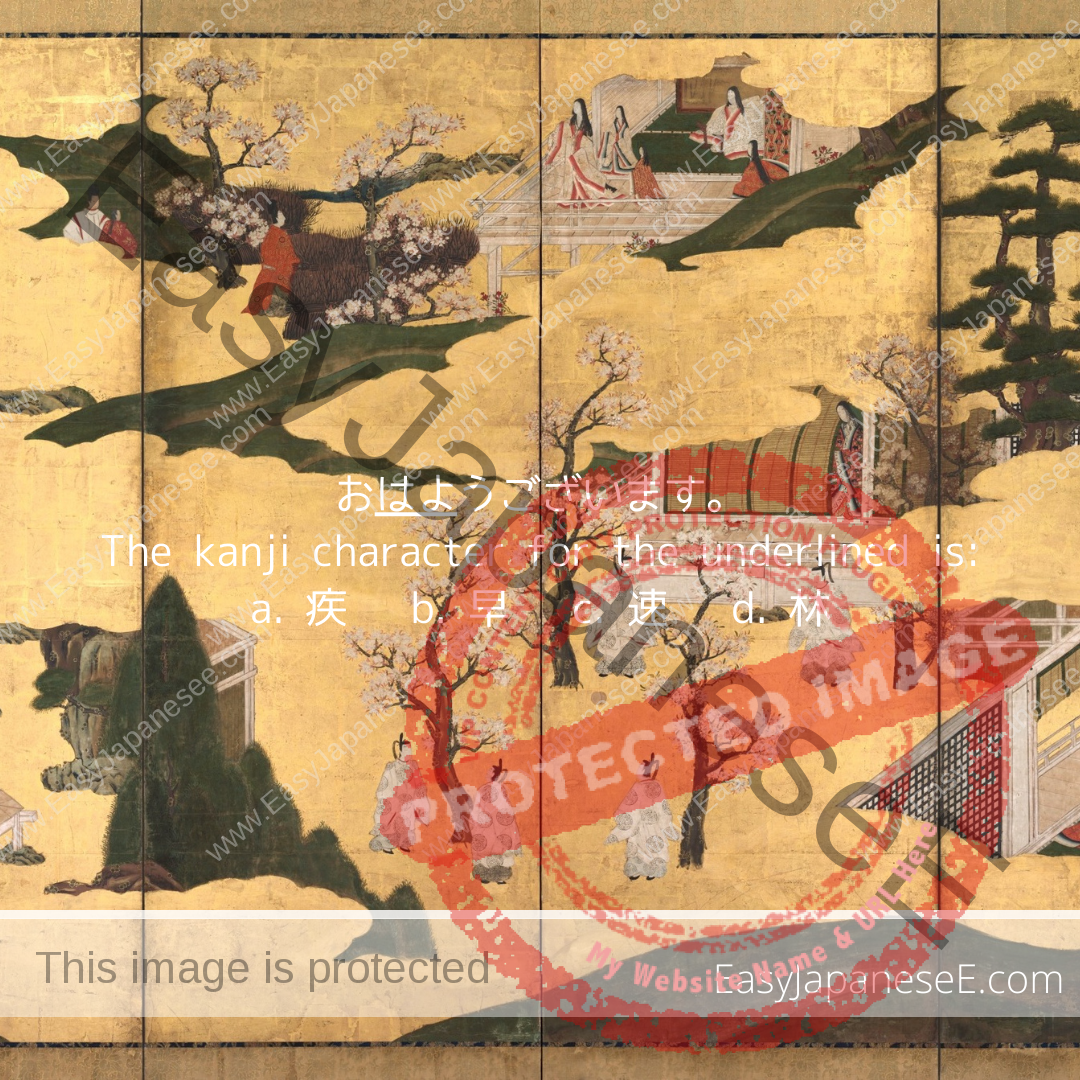
ございます is a politer say of saying です or あります but it cannot be used after an いadjective. This post explains what you need to do to use it with an いadjective.
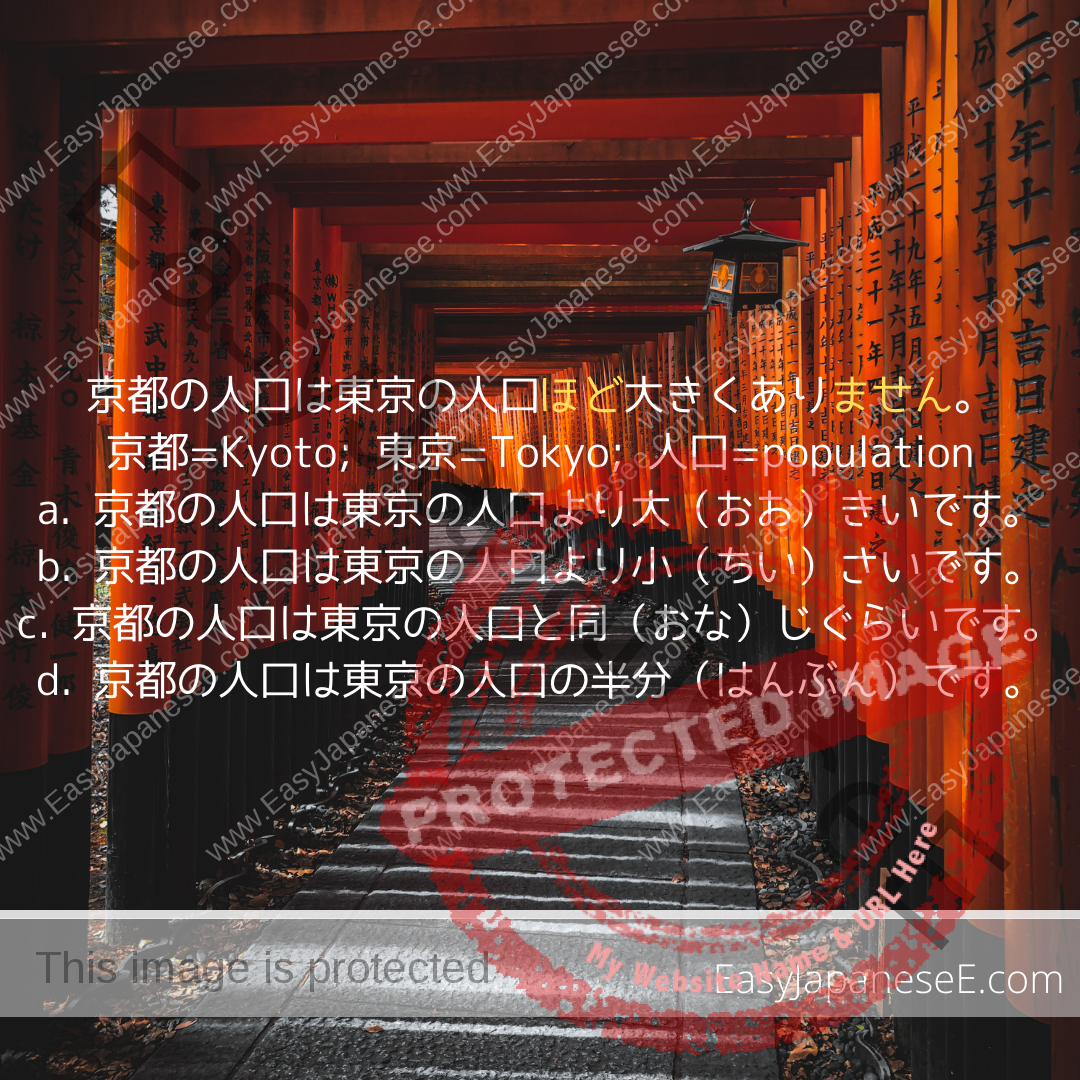
~ほど is a particle for describing an extent of a condition. It’s often used in a negative sentence though it is possible to use it in an affirmative sentence.
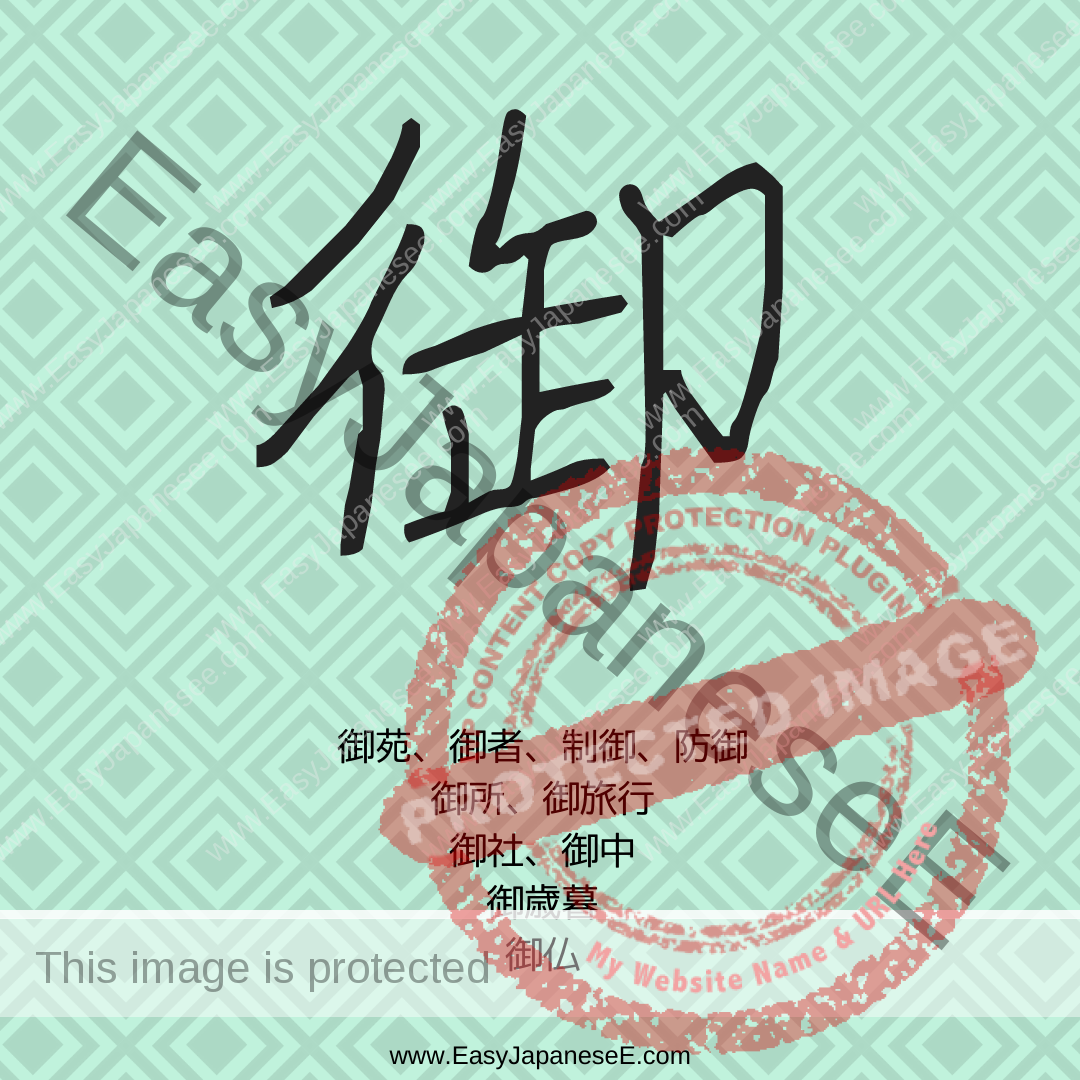
Today’s #kanji is 御, which is a compound ideograph made of ぎょうにんべん(彳、going forward) and 卸 (letting the horse go after stopping a horse drawn cart).
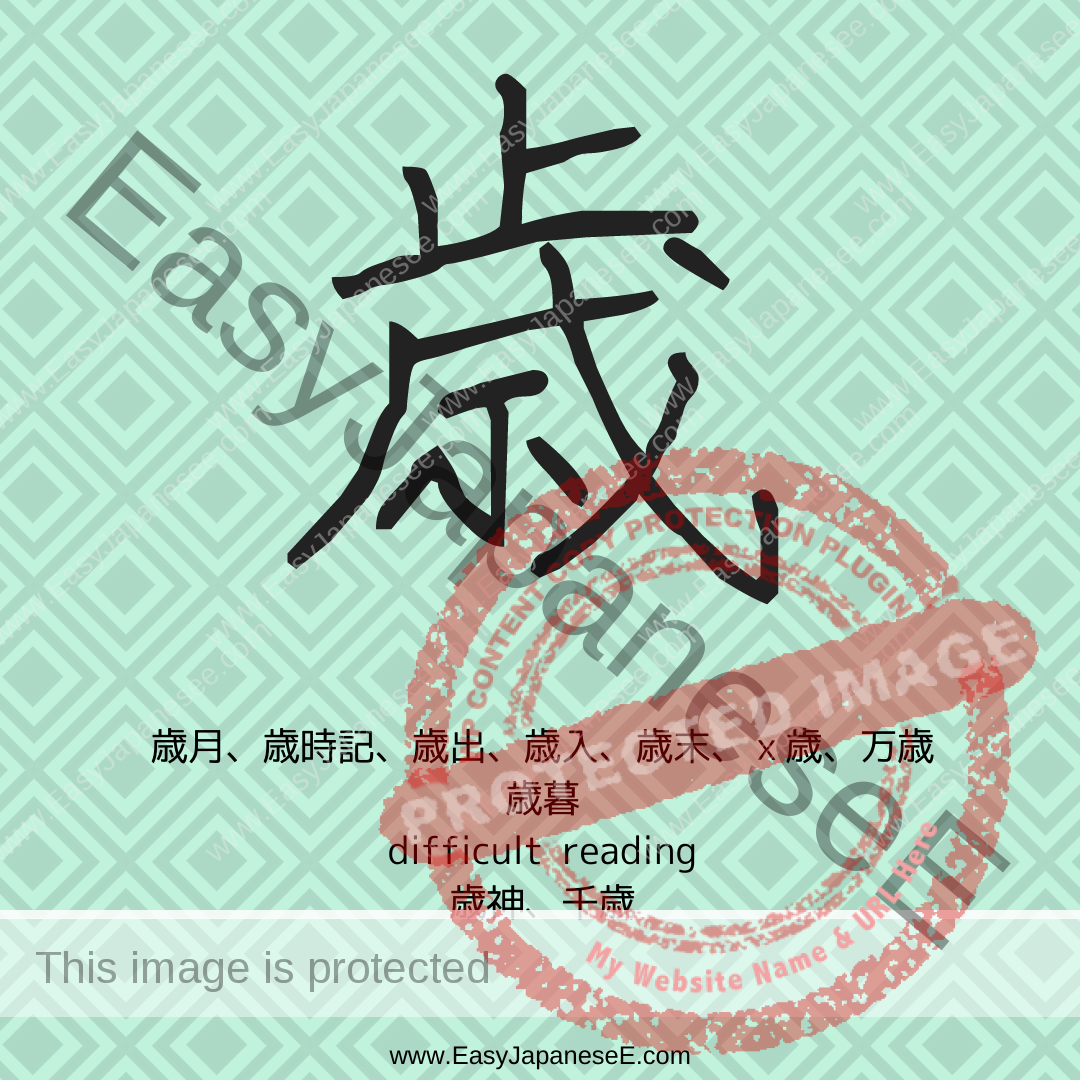
Today’s #kanji is 歳, which is listed under #とめへん(止). However, its semantic element is 歩 and phonetic element is 戉 though 歳 and 戉 don’t share a sound.
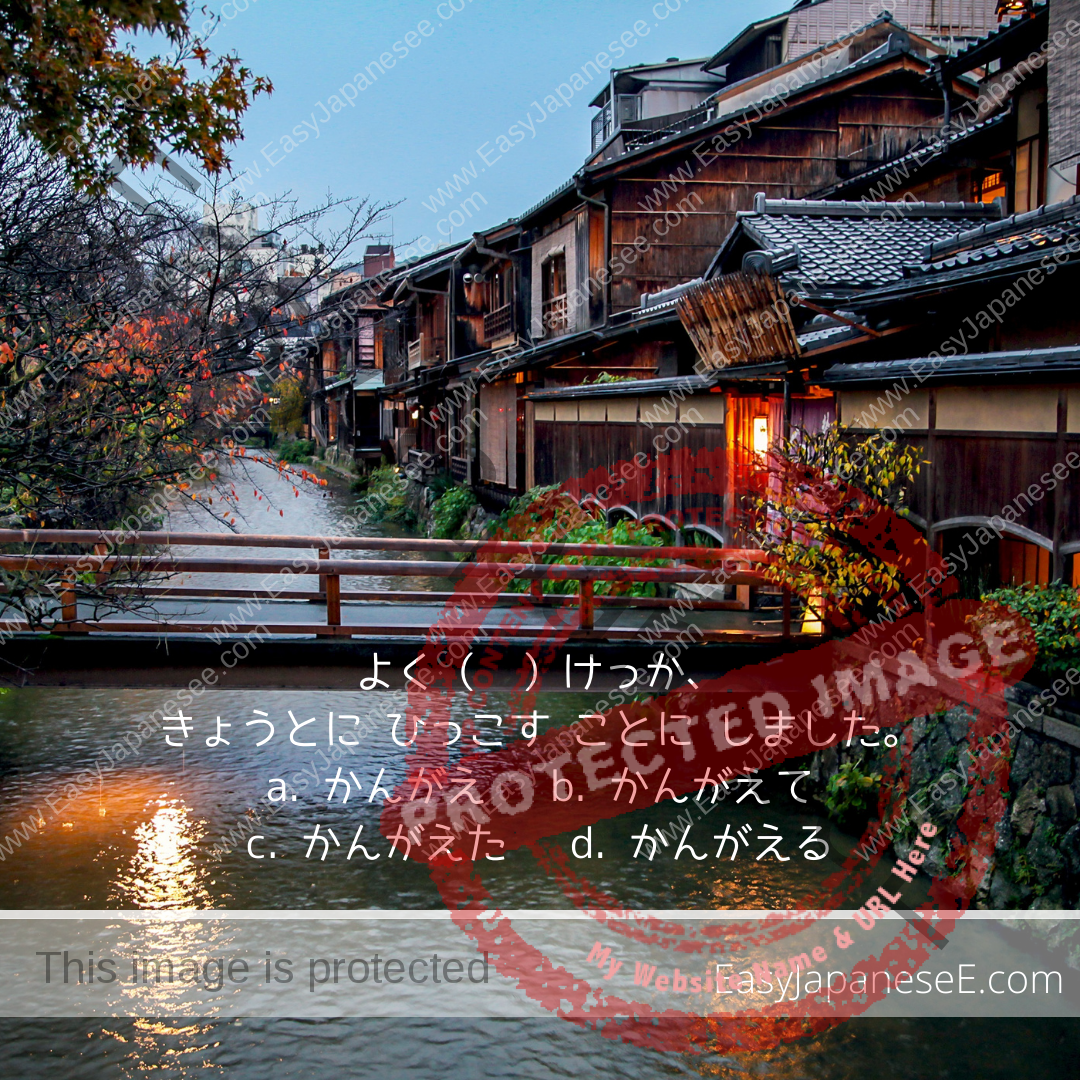
けっか itself is a noun meaning “result” but ~けっか、 can be used like a conjunction meaning “as the result of ~, ….” This post has examples.

This post is about different ways of crying, which is often described with なく in Japanese. Read example sentences for different ways of crying.
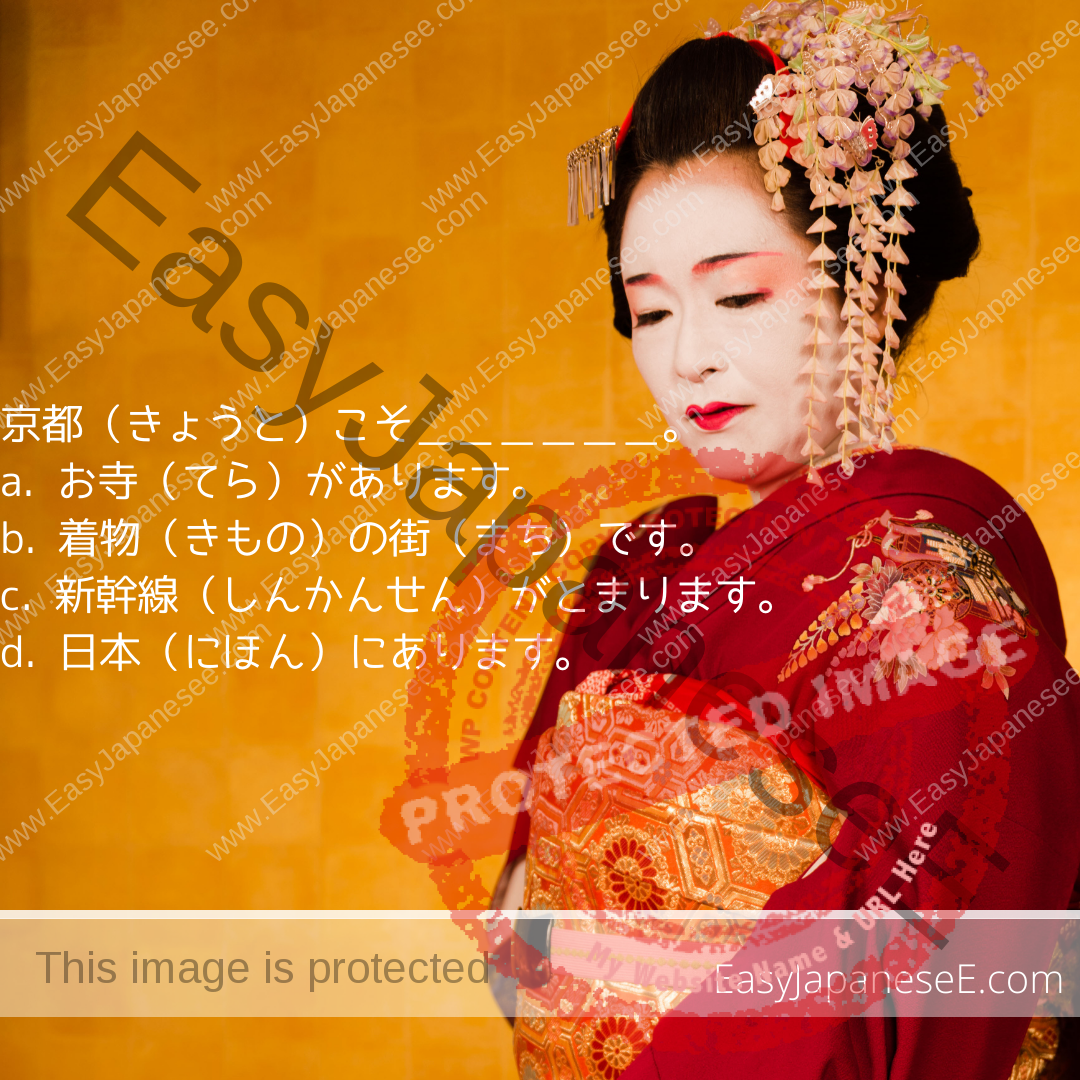
~こそ is an expression for emphasis. It emphasises someone/something by selecting him/her/it over others. This post explains how it’s used.
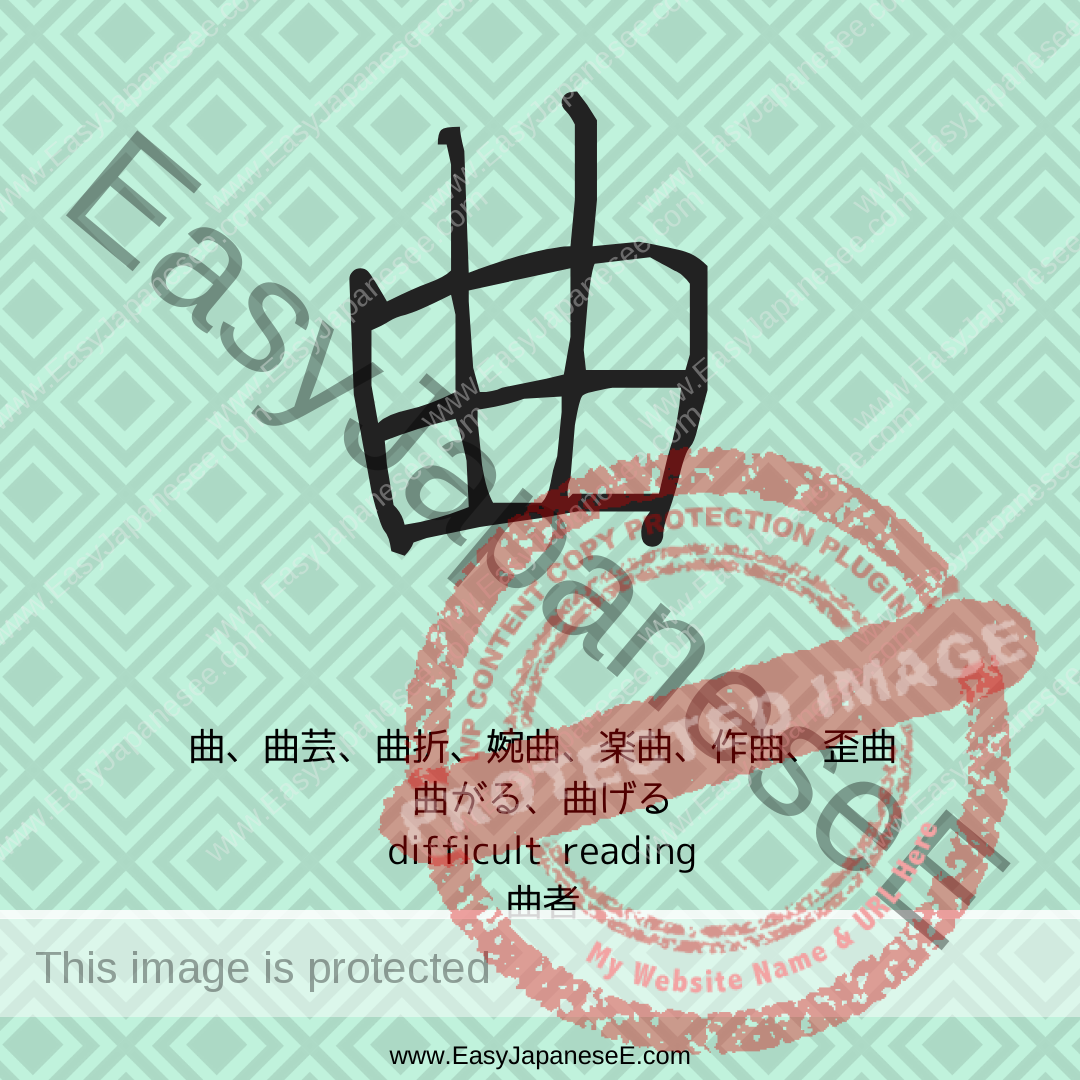
Today’s #kanji is 曲, which is listed under the radical of #ひらび(日) but it is a pictograph of a round container made by bending wood.
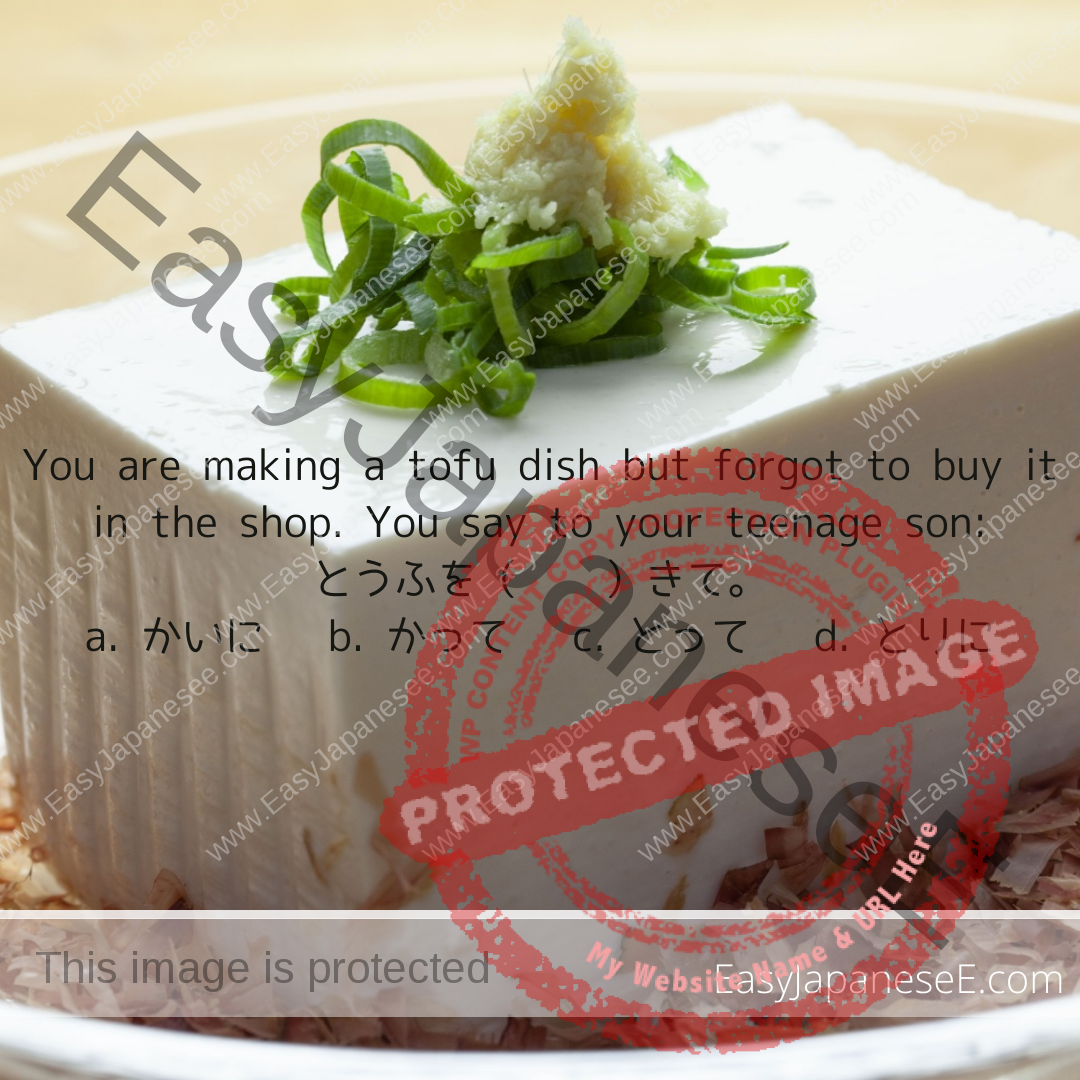
くる is a verb that means “to come” but てくる, which is a combination of the てform of a verb and the auxiliary verb くる can have various meanings.
